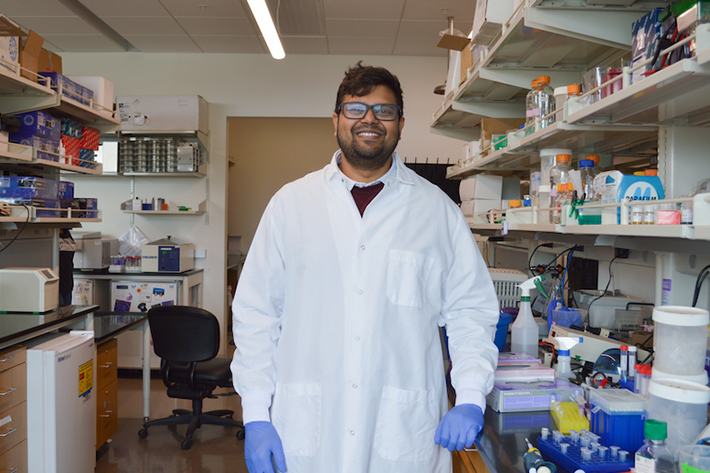Phenomenon behind cats' fur patterns may hold key to cancer recurrence

Ever since Harish Venkatachalapathy was an undergraduate student studying chemical engineering, he wanted to integrate his engineering knowledge with biology. After taking a class on modeling variability in physical and chemical processes, he had the idea to apply this line of thinking to study cancer.
“I like the phrase, ‘A cell is nothing but a very, very miniaturized and extremely complex reactor,’” said Venkatachalapathy, now a Ph.D. student studying chemical engineering at the University of Minnesota Twin Cities and a recipient of the Earling A. Dalaker Fellowship. “You can take these mathematical principles from chemical engineering and put them into a tiny little system that you're trying to understand.”
Venkatachalapathy pitched his cancer research idea to biomedical engineering Professor Casim Sarkar, an expert in cell-decision making processes, and chemical engineering Associate Professor Samira Azarin, an expert in cancer dormancy, during his first week of graduate school. Now, both University of Minnesota professors serve as his co-advisors on the research project.